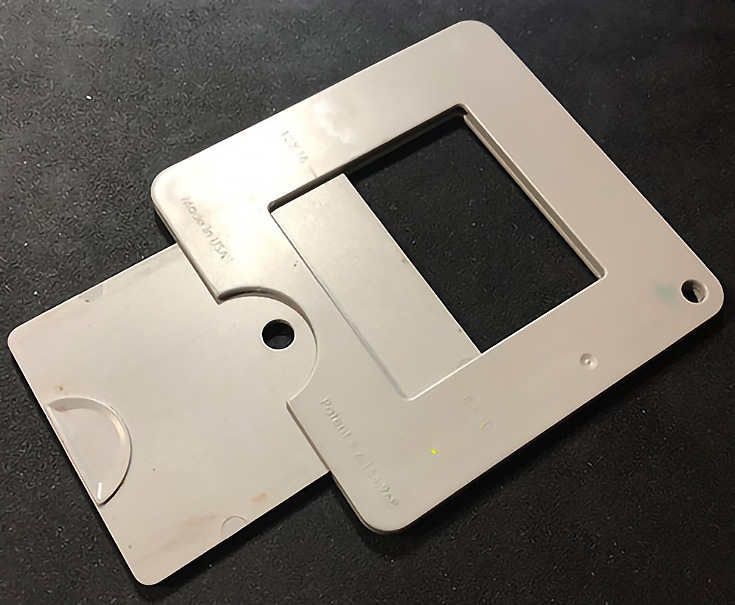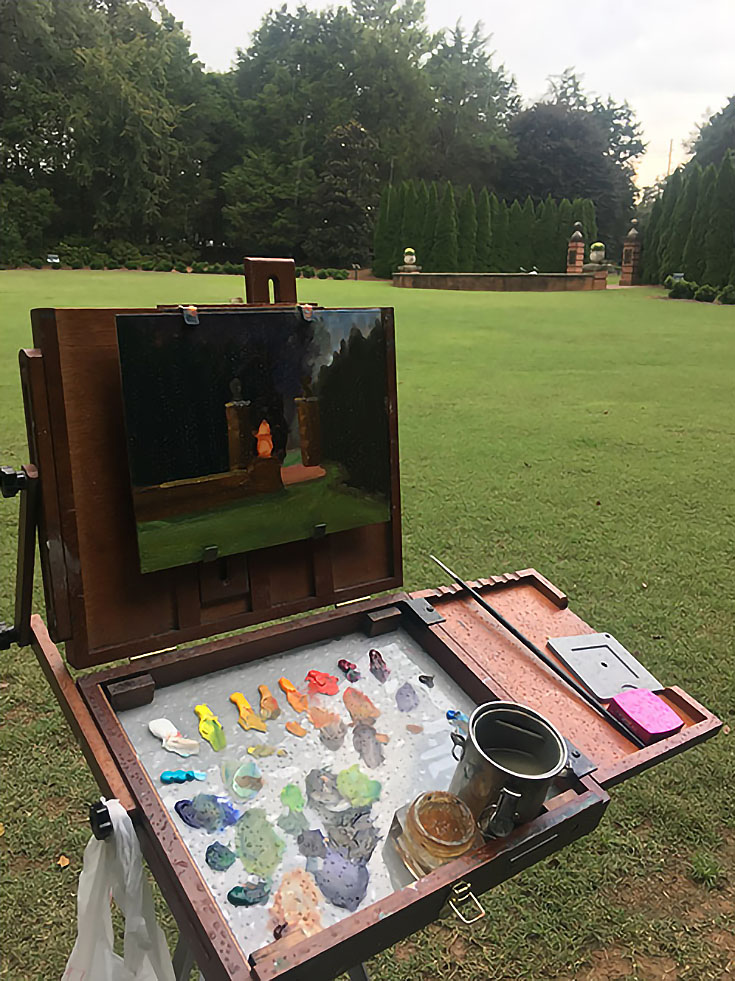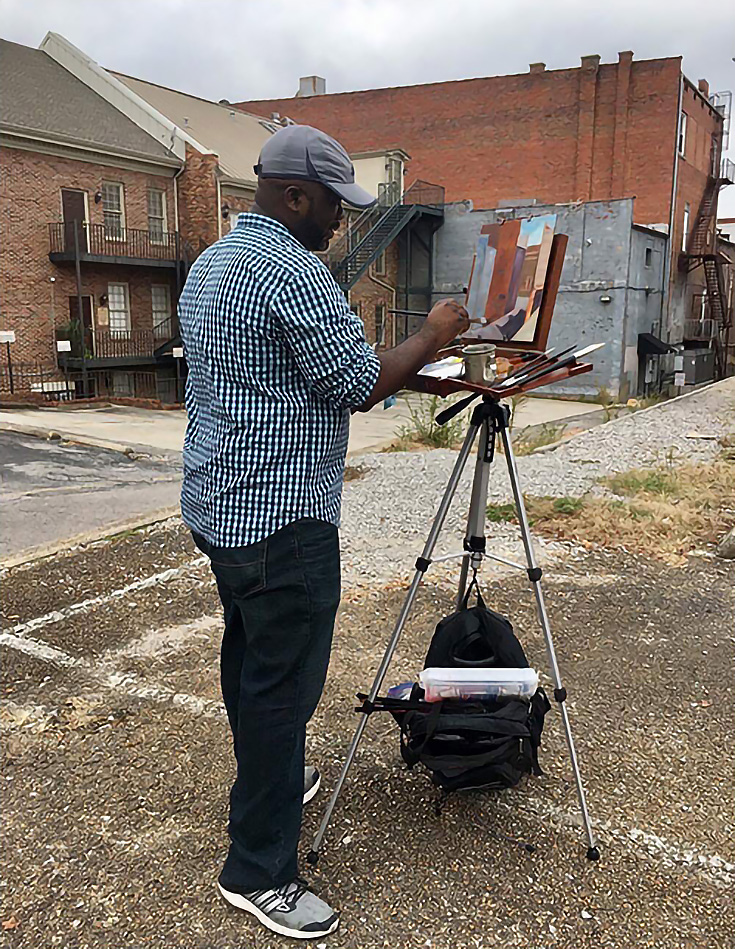Plein air painting is an exciting way to sharpen your observation skills and grow as an artist. However, it can also be a nerve-wracking experience your first few times out.
Here are a few tips I wanted share for a smoother plein air adventure:
1. Paint only what moves you
Take time to observe the scene around you and be receptive to anything that grabs your attention. It could be the subject matter, the lighting, or a striking composition.
Painting a landscape that your heart isn’t into will turn a joyful painting experience into a chore. And your painting will probably suffer for it, too.
2. Plan your approach BEFORE you start painting
I highly recommend using a viewfinder (like the one below) and making a thumbnail value sketch of the scene. This will help eliminate any unnecessary details that do not support the focal point of the painting.
Don’t fall into the trap of trying to paint everything you see. The sun won’t hold still for you!
3. Don’t be stingy about putting paint on your palette
I understand quality oil colors are expensive, but putting down a pea size on the palette won’t work. Put out enough paint so that you can work for a while!
When I first started, I think I spent more time squeezing colors out than actually painting. I acted like I had the last tube of paint on the planet.
In time, you’ll be able to put the right amount of paint on the palette—it just takes a little experience. In the meantime, if you’re looking for a more affordable option, Winton oil paints at Blick are a good choice.
You may also want an affordable French easel like this one to hold all your paints and brushes. Setup and take-down times will be much quicker, and you can move to a new location more easily, too.
4. Be flexible
It’s impossible to control the conditions outdoor. Plein air painting means stepping out of the comfort of the studio where you’ll have to make quick decisions, scrape off what is not working, and add elements (on the fly!) that will strengthened the painting.
Be open to making those changes as you see the need.
5. Know when to stop
Step back from your painting and ask yourself, “Have I succeeded in capturing the focus of this scene?” Resist the urge to add more, if you don’t need it.
Sometimes, you might feel unhappy with your current painting and think you need to change a lot of things to make it right. Instead, maybe just make a new painting! It’s a learning process, after all.
Hopefully these tips will help you avoid some of the mistakes I made when I started my plein air painting adventures. Feel free to comment or ask questions, and thanks for reading!
Special thanks to Timothy for sharing his plein air painting tips! To learn more, please visit his website and blog at timothymjoe.com.
This post may contain affiliate links.



